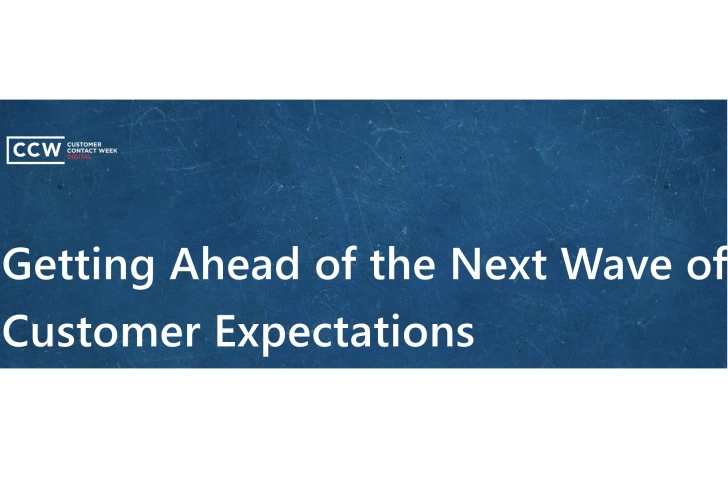Maintaining Customer Trust Through a Recall: Lessons from the Unprecedented Boar's Head Recall
While most product recalls in the United States are due to materials not meeting industry production guidelines and don’t pose a threat to the public, some recalls are a matter of life and death.
Add bookmark
Product recalls are a necessary consumer inconvenience in a well-regulated marketplace. Although minor recalls occur constantly, they are not necessarily catastrophic for a brand’s image. Given the tightening of safety standards across industries and our increasingly complex supply chain, however, all companies should have a plan in place for their customers, should their product be recalled.
While recalls may be impossible to predict, a comprehensive communications plan can, and should, be implemented to inform consumers and immediately initiate the process of building back customer trust.
Boar’s Head Listeria Outbreak
At the end of July, Boar’s Head Provisions Co. initiated a recall of over 200,000 pounds of deli products due to Listeria contamination. Most customers heard about the recall over the radio or on the news, but they may not have understood the magnitude upon this first announcement. Over the next week, several new listeria cases caused Boar’s Head to expand the recall to an additional 7 million pounds of product—more than the total poundage of all food recalls in 2023.
Attempts to minimize negative press, among other competing variables, prevented Boar’s Head from sharing the total volume of contamination in the initial announcement. This miscalculation tarnishes the brand’s credibility and ironically counters their stated value pillar of “commitment to quality.”
Brand Management in a Crisis
Although all of the attention is on leadership when a brand’s product is proving to be unsafe, it is often the customer service representatives that are on the front lines of the crisis. Customer-facing team members often receive an outpouring of questions, all of which will be urgent and emotionally charged. These employees will make or break the customer’s experience of the crisis—how well they perform in these situations will depend on effective crisis management plans.
Although they may be mitigating much of the reaction, employees should not be acting solo. Organizations must proactively develop a plan that is easily accessible within their knowledge management system. By creating templated responses for different types of crises, leaders can effectively train call center employees on crisis management scripts, and orchestrate a plan to maintain and repair customer trust. The impact of these trainings will likely extend even further and hopefully mitigate disengagement, as most contact center leaders believe in the positive correlation between happy employees and happy customers.
Taking Responsibility
Beyond product recalls and brand crises, there are plenty of ways brands may find themselves in the hot seat. The immediate aftermath of these moments are crucial in deciding how the brand will be received moving forward.
However, the question of how much information to share and the timing at which to share it often has a complicated answer. In general, over half of all customers harbor a strong opinion on brands taking public stances on controversial issues. While the exact communications plan should be custom-made, these are the main tenets of taking responsibility:
- Don’t assume customers will remain loyal. Even if certain individuals are wholly unaffected by a situation, seeing negative PR for a brand may make some customers wary about the quality and integrity of the company. Be understanding when customers need time to piece together their thoughts.
- Take an active, not passive, role in the remediation. In the event of a recall, brands should do everything in their power to spread the word. This may mean diverting ad placements to spread awareness, updating their homepage and socials, and leveraging direct channels. In the infamous Tylenol contamination case of 1982, Johnson and Johnson’s fast-acting response is credited with saving the brand’s image.
- Be overtly apologetic. Nothing should be left up to interpretation, and the official company apology should be sensitive and clear. Contact center leaders should focus their trainings on properly conveying the details and gravity of this message to customers. With only 6% of organizations allowing their agents to go “off script” during customer interactions, agent training for responding to a crisis should be a top priority for leaders.
- Plan to win back customers. Another benefit of taking a proactive approach to crises means leaders can immediately begin to develop a path forward after a recall takes place. A key element of building back trust will be offering something of value to the customer for their patience and sacrifice. This is an opportunity for companies to leverage customer data to identify what would be the most valuable consolation at this time.
By showing you understand your customers and consistently adding value to their experience, you may be in the position to build trust moving forward.
Recognizing the Impact
While the decisions being made during these unprecedented events should center the customer, it is essential to consider how these crises impact the employee experience as well. Customer-facing employees will be busier than ever, navigating high call volumes while being barraged by upset customers.
Beyond preemptive crisis training, companies must support their front lines as comprehensively as they can during critical moments. Ensuring that employees are empowered to provide customers useful, empathetic support will go a long way. Empowering employees with the insight and context they need will always have positive downstream effects on customer retention.
Recalls and moments of crisis require an all-hands on deck approach; building a plan and supporting employees along the way will secure a more positive outcome amid overwhelming negativity.
Image by Federico Arnaboldi on Pexels.























